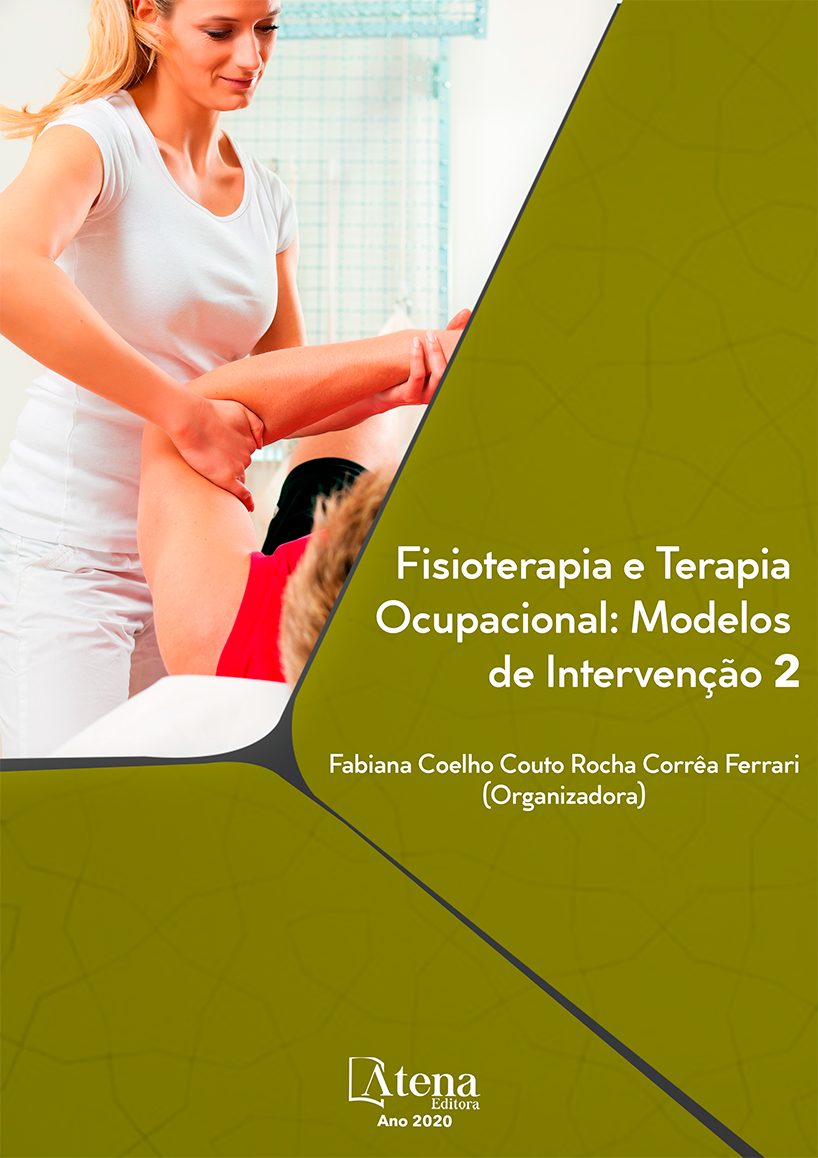
ANÁLISE COMPARATIVA DAS TÉCNICAS PUNTURAÇÃO E DESLIZAMENTO DA GALVANOPUNTURA NO TRATAMENTO DE ESTRIAS
Introdução: As estrias são alterações atróficas que ocorrem na pele, especificamente na derme, e são causadas por lesões no tecido conjuntivo resultantes de um estiramento exagerado das fibras de colágeno e elastina. O tratamento para as estrias atróficas é muito questionado, porém, a fisioterapia vem obtendo sucesso nesta área com alguns recursos como a galvanopuntura. Objetivo: Investigar qual a técnica da galvanopuntura que promove uma maior resposta cicatricial e regenerativa em estrias, observando também qual delas causa mais dor e o grau de satisfação das voluntárias. Materiais e metodos: Participaram 10 voluntárias desta pesquisa, apresentando estrias na região do glúteo e culote sendo divididas em dois grupos (punturação e deslizamento). Realizou-se 5 aplicações em cada voluntária e no final de cada atendimento as participantes responderam um questionário para relatar o nível da dor. Ao final do tratamento cada uma declarou o seu grau de satisfação. Os registros fotográficos foram enviados para especialistas em dermato-funcional para serem avaliados. Resultados: ambas as técnicas são capazes de causar alteração de coloração, diâmetro e espaçamento nas estrias. A técnica que mais causou desconforto durante o tratamento foi a punturação, porém, 25% das voluntárias declararam estar muito melhor do que antes do tratamento. 88% dos avaliadores observaram melhoras na punturação enquanto no deslizamento, apenas 49% consideraram favoráveis. Conclusão: a punturação apresentou melhor eficácia no tratamento de estrias, modificando a espessura e a coloração das mesmas com mais sucesso que o deslizamento apesar de causar mais dor e mais hematomas também.
ANÁLISE COMPARATIVA DAS TÉCNICAS PUNTURAÇÃO E DESLIZAMENTO DA GALVANOPUNTURA NO TRATAMENTO DE ESTRIAS
-
DOI: 10.22533/at.ed.7822006047
-
Palavras-chave: Estria, Fisioterapia, Estética.
-
Keywords: Atena
-
Abstract:
Introduction: Stretch marks are atrophic alterations that occured on the skin, especially in the dermis, caused by lesions in the conjunctive tissue resulting in a exaggereted elongation of the collagen and elastin fibers. The atrophic striae treatment is quite questioned, however, physiotherapy has been successfully in this area with some resources as galvanopuncture. Objective: Investigate which galvanopuncture technique promotes a better stretch mark scarring and regenerative response, also observing which one of them causes more pain and the degree of the volunteers satisfaction. Material and methods: Ten volunteers participated in this survey, presenting striaes in areas such as gluteus and culotte, being divided in two groups (Puncture and Sliding). Five applications have been done in each volunteer and, in the end of each service, the participants answered a questionnaire reporting the pain level. At the end of the treatment, each partcipant declared their degree of satisfaction. Photographic records have been sent to Dermato-Functional specialists for further evaluation. Results: both techniques are capable of causing color, diameter and spacing alterations on the stretch marks. The technique that caused the greatest discomfort was Puncture, although 25% of the volunteers declared feeling better than before the treatment. 88% of the evaluators observed improvements in a Puncture treatment, while, 49% considered Sliding beneficial. Conclusion: Puncture presented effectiveness in striae treatment, modifing the hickness and the color more successfully than Sliding, despite of causing pain and bruises.
-
Número de páginas: 12
- Gabriela Ferreira da Silva
- Larissa dos Santos Machado
- Ingrid Jullyane Pinto Soares
- Rodrigo Marcel Valentim da Silva


